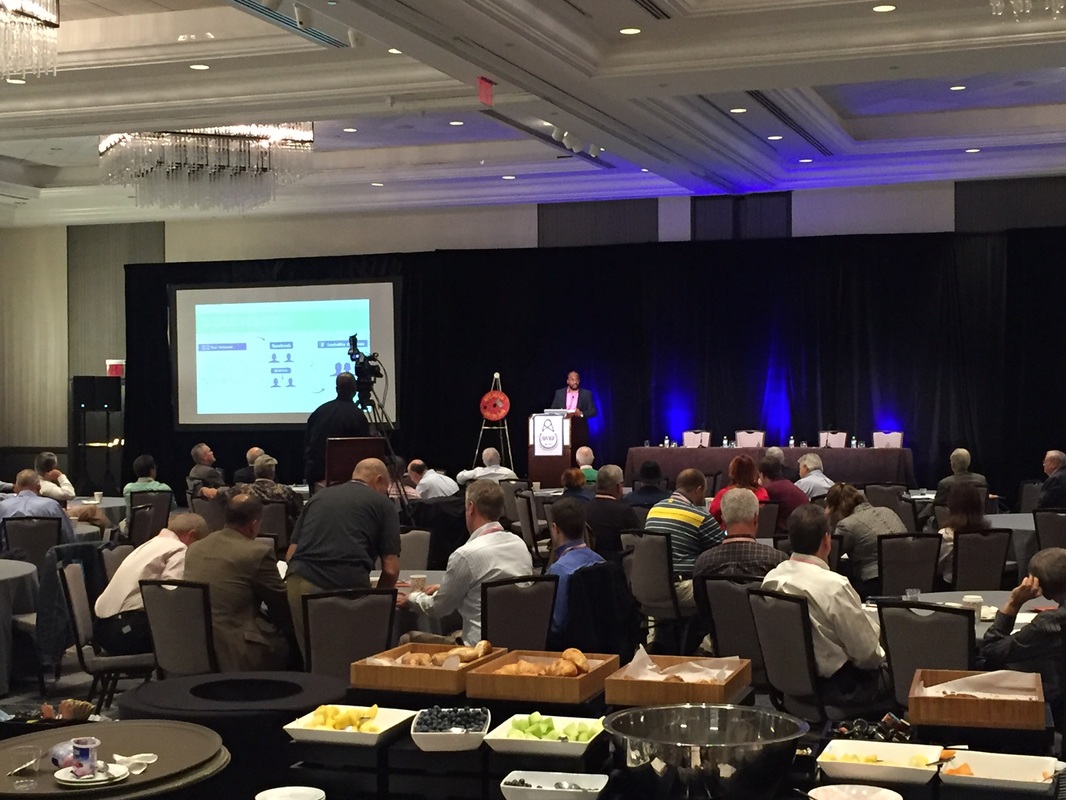Ingredients:
1. New technologies
2. Increased efficiency
3. International markets
Mix together. Result: Higher efficiency, productivity, wages, and revenues.
New technologies and increased efficiency
New technologies and increased efficiency contribute to increased bottom lines. In his Worcester Business Journal article "Grinding It Out In Manufacturing," Matt Pilon reports that Worcester manufacturer Saint-Gobain uses newer presses to produce "grinding wheels four times faster than previous equipment did." And a new facility for grinding wheels for the electronics industry positions the company for growing sales. The company also benefits from greater efficiency by using LEAN manufacturing, a method for eliminating waste. What's more: manufacturers connect new technologies with increased efficiency, citing new machinery investments as crucial to reducing waste and speeding up processes.
Growth in international markets
The U.S. Department of Commerce attributes more than half of the Worcester area's manufacturing output to exports. Statewide data show growth in exports in 2010 and 2011 due in part to specialized products and domestically healthy companies increasing their business internationally.
The manufacturing job market
While manufacturers who use these ingredients report higher efficiency, productivity, wages, and revenues, these successes result in less jobs. The number of employees in Central Massachusetts' manufacturing sector has fallen by nearly 29 percent during the last decade. When Saint-Gobain experienced a revenue increase, they also reported fewer employees. Needing to automate in the global market explains these changes in the Commonwealth's manufacturing job market.
1. New technologies
2. Increased efficiency
3. International markets
Mix together. Result: Higher efficiency, productivity, wages, and revenues.
New technologies and increased efficiency
New technologies and increased efficiency contribute to increased bottom lines. In his Worcester Business Journal article "Grinding It Out In Manufacturing," Matt Pilon reports that Worcester manufacturer Saint-Gobain uses newer presses to produce "grinding wheels four times faster than previous equipment did." And a new facility for grinding wheels for the electronics industry positions the company for growing sales. The company also benefits from greater efficiency by using LEAN manufacturing, a method for eliminating waste. What's more: manufacturers connect new technologies with increased efficiency, citing new machinery investments as crucial to reducing waste and speeding up processes.
Growth in international markets
The U.S. Department of Commerce attributes more than half of the Worcester area's manufacturing output to exports. Statewide data show growth in exports in 2010 and 2011 due in part to specialized products and domestically healthy companies increasing their business internationally.
The manufacturing job market
While manufacturers who use these ingredients report higher efficiency, productivity, wages, and revenues, these successes result in less jobs. The number of employees in Central Massachusetts' manufacturing sector has fallen by nearly 29 percent during the last decade. When Saint-Gobain experienced a revenue increase, they also reported fewer employees. Needing to automate in the global market explains these changes in the Commonwealth's manufacturing job market.






 RSS Feed
RSS Feed
